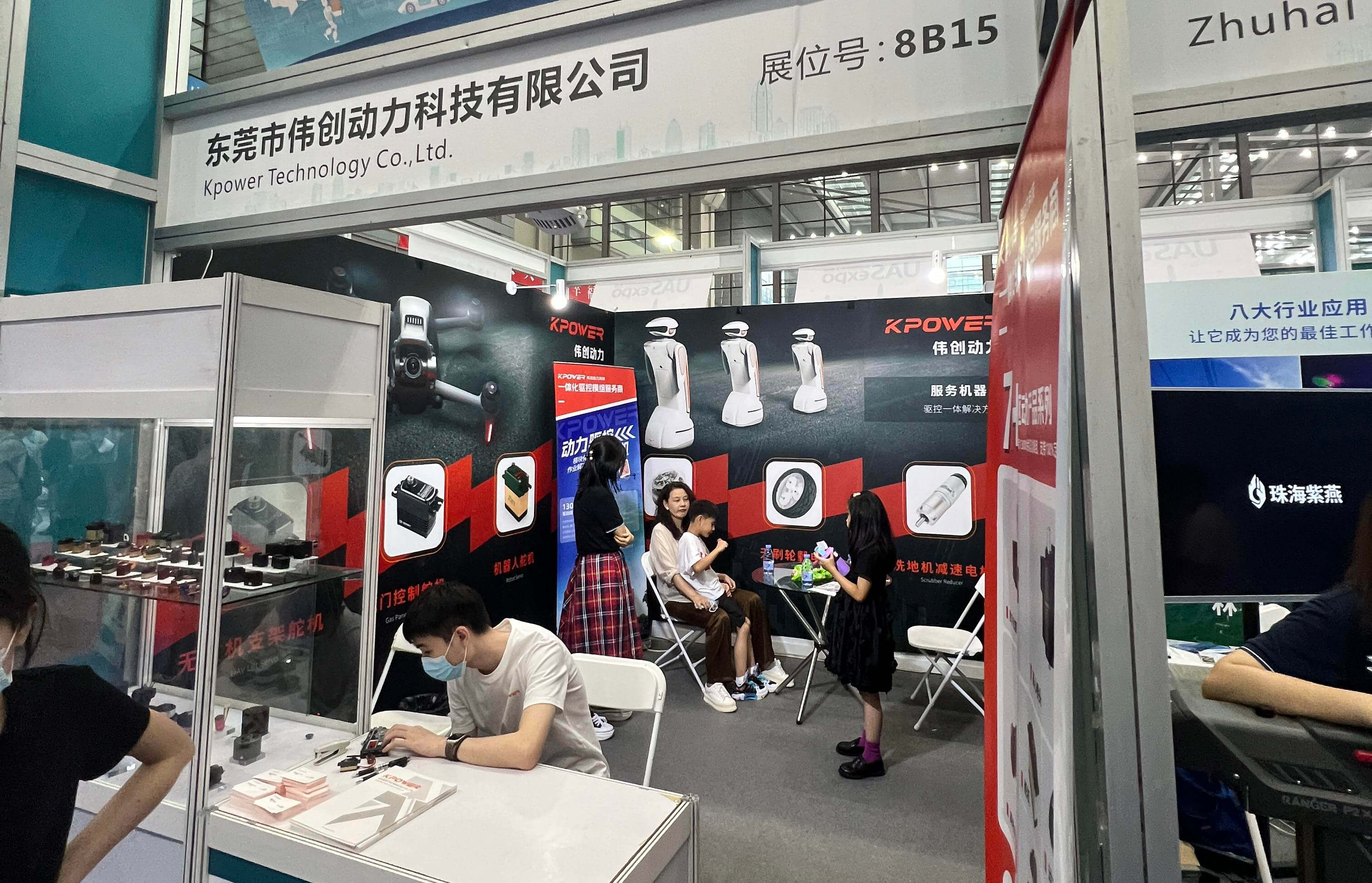Certainly! Here is the first part of a comprehensive, engaging article on "How to Connect a Servo Motor with Arduino," with the complete article split into two parts as requested.

Unlocking Precision Control: How to Connect and Use a Servo Motor with Arduino
If you’ve ever dreamed of giving your projects the ability to move with precision, a servo motor might be your new best friend. These compact, versatile components are the backbone of countless DIY robotics, automation projects, and even artistic installations. Whether you’re spinning a robotic arm, controlling a camera pan-tilt, or just exploring the basics of electronics, understanding how to connect a servo motor with an Arduino unlocks a world of possibilities.
What Is a Servo Motor and Why Use It? A servo motor is a special kind of motor that can be precisely controlled for position, velocity, and acceleration. Unlike standard motors, which run continuously once powered, servos are designed to hold a position unless told to move somewhere else. This is achieved through integrated feedback mechanisms and control circuits. That means you can tell a servo to rotate to a specific angle and it will do so reliably.
Servos come in different sizes and torque capabilities, from tiny micro servos perfect for small robots, to large industrial-grade units. Their ease of control and precise position management make them ideal for countless applications, especially in projects where movement must be exact.
What You Need Before You Start Before diving into wiring and coding, gather these essentials:
Arduino board: Uno, Mega, Nano, or any compatible microcontroller. Servo motor: A standard hobby servo like SG90 or MG996R. Power supply: Batteries or a power adapter suitable for your servo’s voltage and current needs. Wires: Jumper wires for connections. Breadboard: Optional, for more organized wiring. Desktop Computer with Arduino IDE: For programming your Arduino. Optional accessories: Potentiometers, switches, or sensors for more interactive control.
Understanding the Servo Pinout Most hobby servos come with three wires:
Power (Red): Usually 4.8V to 6V, supply voltage. Ground (Black or Brown): Connects to ground. Signal (Yellow, White, or Orange): Carries the control signal from the Arduino.
Knowing these is crucial for correct wiring. Never connect the servo power or ground to the 5V pin directly if your servo requires more current or if you notice instability—use an external power source for the servo to avoid overloading the Arduino’s board.
Wiring a Servo Motor to Arduino
The process is straightforward but must be done carefully to prevent damage.
Connect Power: Attach the servo’s red wire to a 5V pin on the Arduino or an external power source. For small servos (like SG90), powering from the Arduino is usually sufficient, but for larger servos, an external power supply is recommended.
Connect Ground: Connect the servo’s black or brown wire to the Arduino’s GND pin. If using an external power source, connect its negative terminal to the Arduino ground as well, establishing a common reference.
Connect Signal: Attach the servo’s signal wire (orange/yellow) to one of the Arduino’s digital pins, for example, pin 9.
Important Tip: Keep the powering and grounding consistent with your setup—unmatched grounds can lead to erratic servo behavior.
Programming Your Arduino to Control the Servo
Once wired, it's time to make your servo move! The Arduino IDE simplifies the process with the Servo library, which abstracts the complex PWM signals needed to control servo positions.
Installing the Servo Library The Servo library is built-in, but it’s good to know it’s ready for use:
#include
Basic Code to Move a Servo Here’s a simple example that rotates the servo to 0°, then 90°, then 180°:
#include Servo myServo; // create servo object void setup() { myServo.attach(9); // attaches the servo on pin 9 } void loop() { myServo.write(0); // move to 0 degrees delay(1000); // wait 1 second myServo.write(90); // move to 90 degrees delay(1000); // wait 1 second myServo.write(180); // move to 180 degrees delay(1000); // wait 1 second }
Upload this code, and your servo will cycle between these positions. Adjust the angle values for your specific project.
Calibrating Your Servo and Troubleshooting
Sometimes, a servo may not move to the expected position or jitter. Here are some tips:
Make sure your power supply can deliver enough current—servos draw more when moving. Use a separate power source if your servo stalls or resets. Check your wiring connections carefully. Use the myServo.read() function to confirm the current position. If the servo vibrates or makes noise, consider adding a capacitor across power and ground to smooth fluctuations.
Expanding Your Project: Controls and Feedback
Once you’ve mastered the basics, add more control to your project:
Use potentiometers for manual position control. Incorporate sensors such as ultrasonic distance sensors for automatic adjustments. Integrate Bluetooth modules for remote control. Use PWM signals for smooth, continuous movement.
Connecting a servo motor with Arduino is more than just wiring—it's about bringing movement to your ideas. Now that you have the basics down, you’re ready to explore advanced control schemes, combine multiple servos, or even create complex robotic mechanisms.
In the next part, we’ll explore more sophisticated control techniques, troubleshoot common issues, and look at real-world applications to spark your creativity. Stay tuned!
Kpower has delivered professional drive system solutions to over 500 enterprise clients globally with products covering various fields such as Smart Home Systems, Automatic Electronics, Robotics, Precision Agriculture, Drones, and Industrial Automation.




































